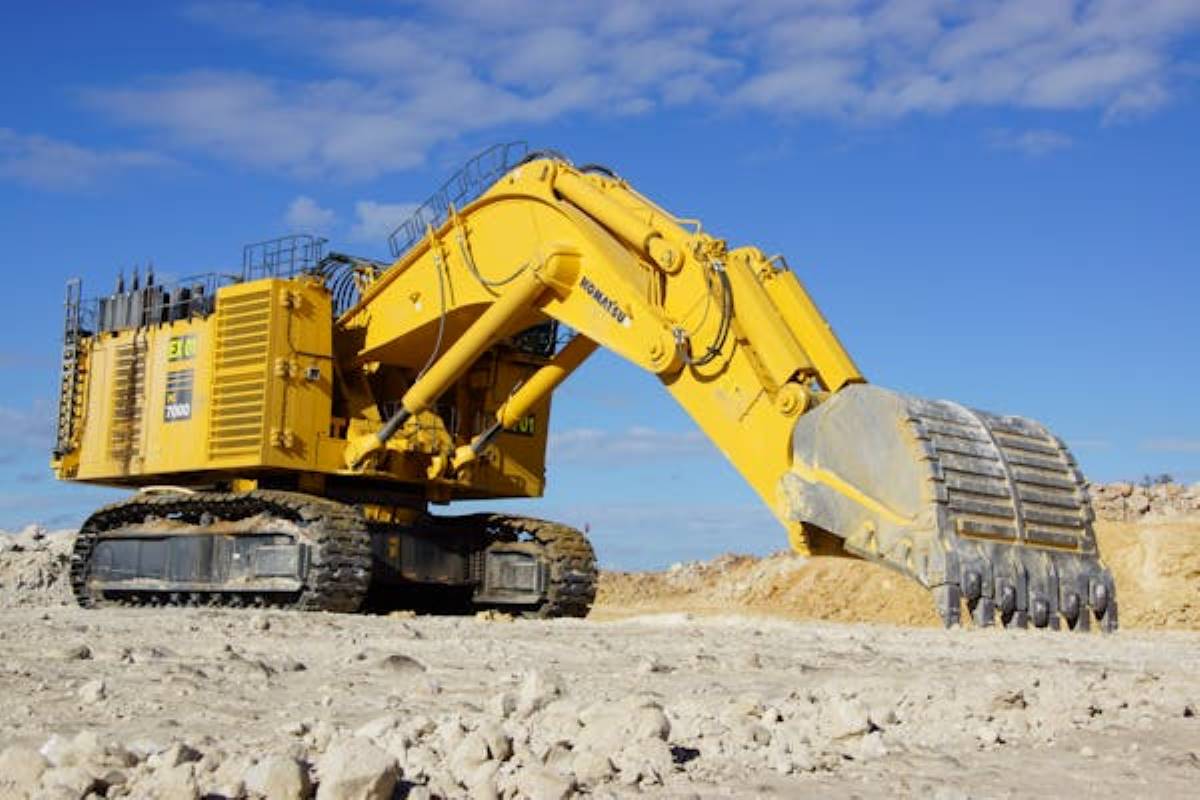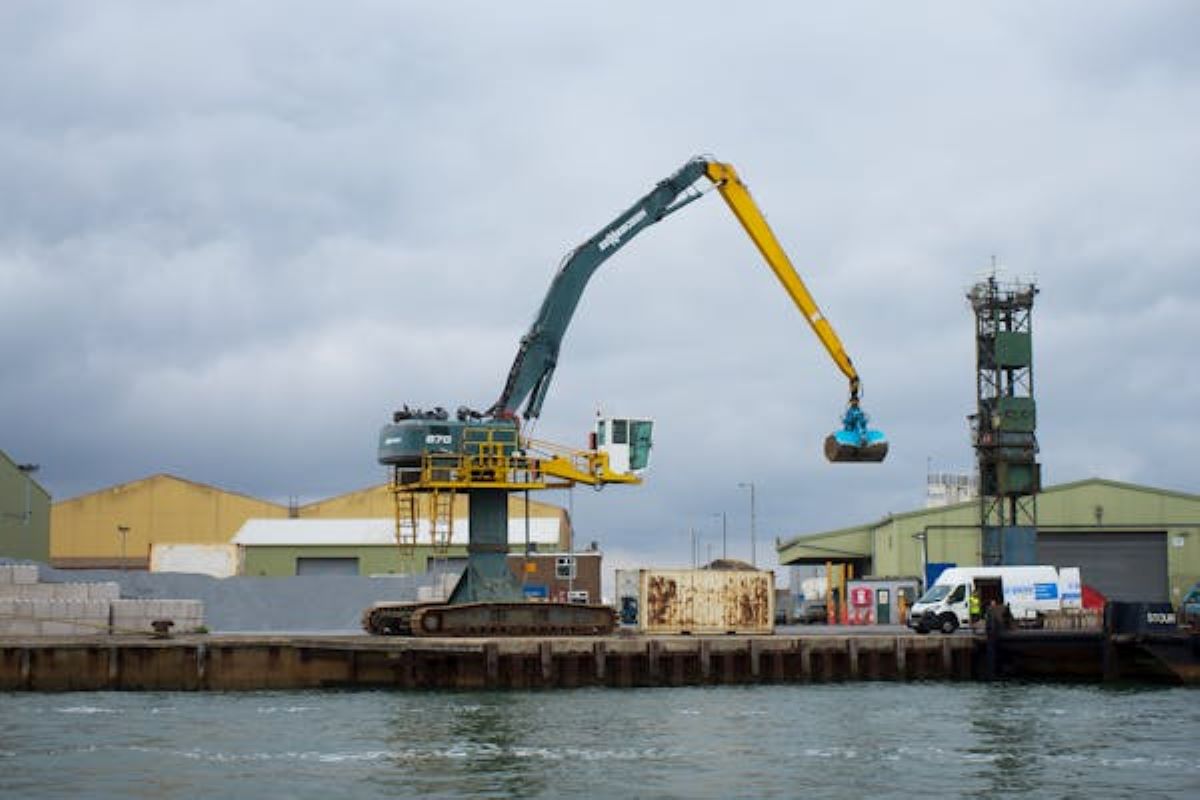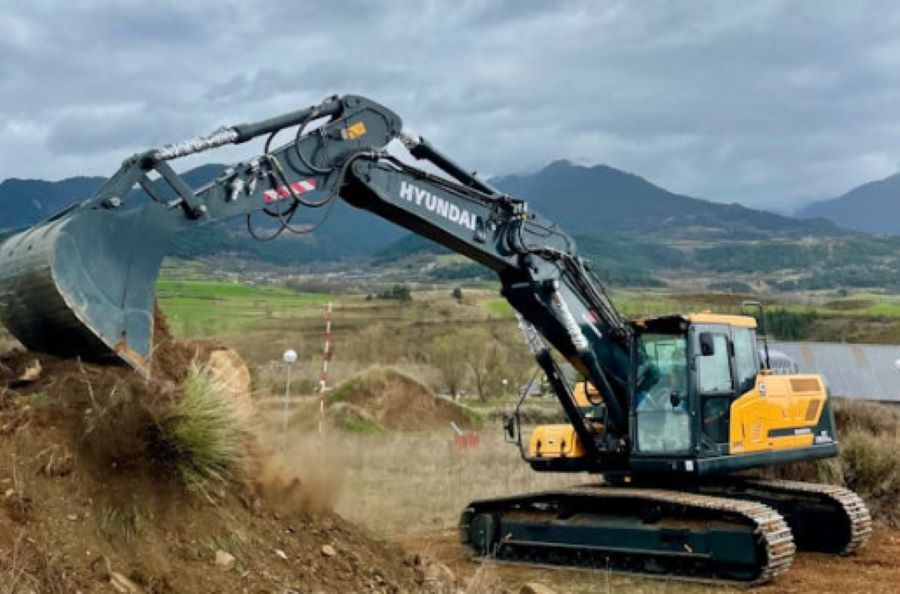2000+ Cashless Garages
96% Claims Settled (FY 24-25)

2000+ Cashless Garages
96% Claims Settled (FY 24-25)



Ever wonder how they dig through the earth or lift massive construction equipment?
All thanks to excavators, the powerful machines which can do every job - from moving soil and heavy materials to digging giant holes in the earth!
Excavators, used for digging, lifting, and demolition jobs, come in all shapes and sizes to perform specific operations. So, let’s learn here about different types of excavators, how they work, their essential role in construction and more.


Excavator is a popular and significant component of large construction worksites, as this heavy machinery is used for various earthmoving tasks.
Featuring a bucket, arm, a full 360-degree rotating cab, and movable track, excavators offer superior digging power and mobility, allowing them to effortlessly dig trenches, scoop up soil, excavate mines, and lift away heavy materials.
Excavators are powered by a hydraulic pump that provides the power to move the excavator’s arm in different directions. Also, excavators have longer hydraulic arms, allowing them to dig deeper than a backhoe loader.
An excavator is powered by a hydraulic pump that controls the movement of its various components and an engine that powers its hydraulic system. This hydraulic system generates the hydraulic pressure required to operate the hydraulic cylinders.
It is the operator’s job to control the inputs and direct the flow of hydraulic fluid to different cylinders, which in turn move other parts, excavate material and move it around.
The efficiency of an excavator’s hydraulic system depends on various factors, such as using larger hydraulic cylinders and high-pressure hydraulic lines.

These excavators run on large tracks and contain a tank-like chassis with a chain track system. They employ hydraulic power mechanisms, making crawler excavators optimal for lifting heavy debris and soil, mining and other heavy-duty construction jobs.
Their chain wheel system also allows them to slide up and down the slopes, making them the best fit for grading hilly areas and landscaping uneven terrain. Moreover, they provide better balance, flexibility and stability.
Similar in size and appearance to crawler excavators, these excavators run on wheels instead of tracks, which enables them to manoeuvre quickly and easily on concrete, asphalt and other flat surfaces.
Since wheels offer less stability, wheeled excavators are commonly used for road and highway construction jobs and excavation urban projects.
These are designed to work in wet conditions with soft and unstable ground. Thus, they can perform dredging while afloat on smooth terrain such as swamps, marshes, wetlands, and shallow water.
Amphibious excavators come with sealed pontoons made of high-tensile tensile steel that is corrosion and seawater-resistant. Their floatation system prevents them from getting stuck in peat, sand, and other soft operating job sites.
Also known as compact excavators are smaller and lighter versions of the standard excavators built to manoeuver crowded, narrow spaces like parking lots and indoor spaces and avoid contact with any obstacles.
They can handle smaller loads but are equally versatile as standard excavators and are used for digging, trenching, and excavating jobs.
A long-reach excavator is the most common and widely used, featuring a lengthier arm and boom for hard-to-reach areas and demolition projects like structural crumbling and breaking down walls over water bodies.
These are highly versatile and efficient as different attachments can be fixed to the arm to perform additional jobs such as shearing, crushing and cutting.
They are one of the larger and heavier excavators, often assembled on-site. Ideal for large-scale civil engineering projects like canal dreading or underwater excavating, dragline systems are usually powered by electric motors for enhanced dragging or hoisting capabilities.
They feature long booms for subterranean jobs like surface mining, road work, and pipe laying, while their heavy buckets allow them to carry out heavy-duty lifting tasks.
Also known as suction excavators, these feature a high-powered suction pipe to suck up and remove soil and debris, making them suitable for digging trenches, foundations and holes, removing debris, and cleaning pipes and utility lines.
The excavator works by first releasing a water jet to loosen the ground. Then, its pipe fitted with sharp teeth at the edge creates a vacuum to remove soil and debris. A vacuum excavator is ideal for delicate underground applications, offering added precision.
An excavator is made up of the following essential parts, each of which is responsible for performing a specific task:

The powerful excavators have a wider range of applications, especially in large-scale projects. Some of the common uses of excavators are:
Both backhoe loaders and excavators are versatile machines used in similar types of heavy-duty operations. However, each is designed to carry out some specific tasks. Here are common differences between an excavator and a backhoe:
| Parameters | Excavator | Backhoe Loader |
| Design | It has a rotating cab and boom for better reach and precision in excavation tasks. | It has a loader in the front and a backhoe at the rear to load and unload materials. |
| Rotation | It offers a 360-degree swing for maximum reach and flexibility. | It can only rotate the arm by roughly 200 degrees, suitable for digging trenches and loading. |
| Size | It is bigger and heavier, ideal for large-scale projects. | It is comparatively smaller and lighter, ideal for smaller projects. |
| Uses | Used for heavy-duty tasks like large demolitions, road constructions, mining, and deep trenching. | Used for versatile tasks like digging, loading, landscaping, and small demolitions. |
Thus, excavators are heavy-duty construction machines that serve a variety of purposes in different industries, making them expensive pieces of essential equipment.
Therefore, securing excavators with a commercial vehicle insurance policy is essential for any damage or loss, such as accidents, theft, natural calamities, third-party liability, etc.